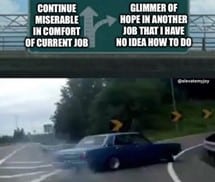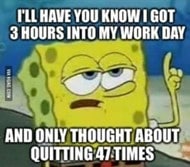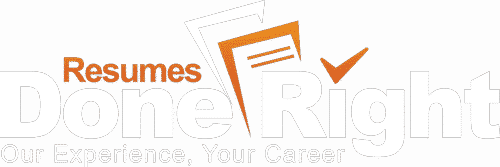
and be useful to the new role you’re aiming for.
Dissecting a Resume’s Anatomy to Your Advantage
1. The Objective/Goal Statement
We’ve all been taught about that tiny section at the top of the resume where you explain what you’re looking for in your employment. Are you imagining it? The standard “seeking full-time employment in…” Delete this. A brief paragraph stating the hours you’re hoping to achieve was fine for Secondary school, but for a career position, it requires a facelift. Use this section to your advantage when you’re changing careers. This brief paragraph should focus on your soft skills that are transferrable to other positions. You should boast about how many years you have in the workforce, your management experience, communication, and interpersonal skills, etc. Use this section to demonstrate to the hiring manager that your previous experience in an unrelated field is an asset to them, not a detriment. For an example of an Objective Statement, check out Rule #1 for Preparing an Effective Resume.
2. Education
Formal education remains a priority, however, do not discount education in the form of online courses, workshops, seminars, apprenticeships, and certificates. List your education in reverse chronological order, including any ongoing studies you may be enrolled in. Highlight your dedication to your new career path for the hiring manager so they can see how qualified you are for the position and that you’re willing to learn.
3. Work History
Now comes the fun part. Tailoring your old resume toward a new career path can be tricky but it is essential if you want to prove to the hiring manager that you are qualified and ready for your new position. The best way to demonstrate this is to focus your duties and achievements on metrics. Avoid using fluffy language or broad statements that do not contain proof. For extra assistance on this, check out How to Resurrect a Resume. Providing specific facts and examples will not only demonstrate your transferrable skills but will also help you prepare for your interview, particularly if the interview uses the STAR method.
A note on gaps:
Some employers will inevitably ask you about any gaps in your resume. You can address this in a couple of different ways.
- You can add your gap in the snapshot of your employment history, for example, “2015 – 2017 Parental Leave” or “2019 – 2022 Full-Time Student”. This leaves out any room for assumptions about what you were doing throughout that time and the hiring manager can focus on the rest of your experience. If you are uncomfortable adding in the reason for any gaps, then
- Do not address it in your resume but be prepared to discuss it in your interview should the topic arise.
Remember, there’s no shame in having employment gaps and more and more recruiters and hiring managers are coming to this conclusion. As previously mentioned, the average Australian has 13 jobs throughout their career. There is bound to be time off throughout this period in life.
4. References

to your references to give them a heads up!
Additional Resources
Changing careers can be challenging, especially during a time of uncertainty. If you’re unhappy in your job for any reason, whether it’s workplace culture issues, a lack of potential growth, or a disinterest in the field, we can help you find a career you love and prepare you for it.

